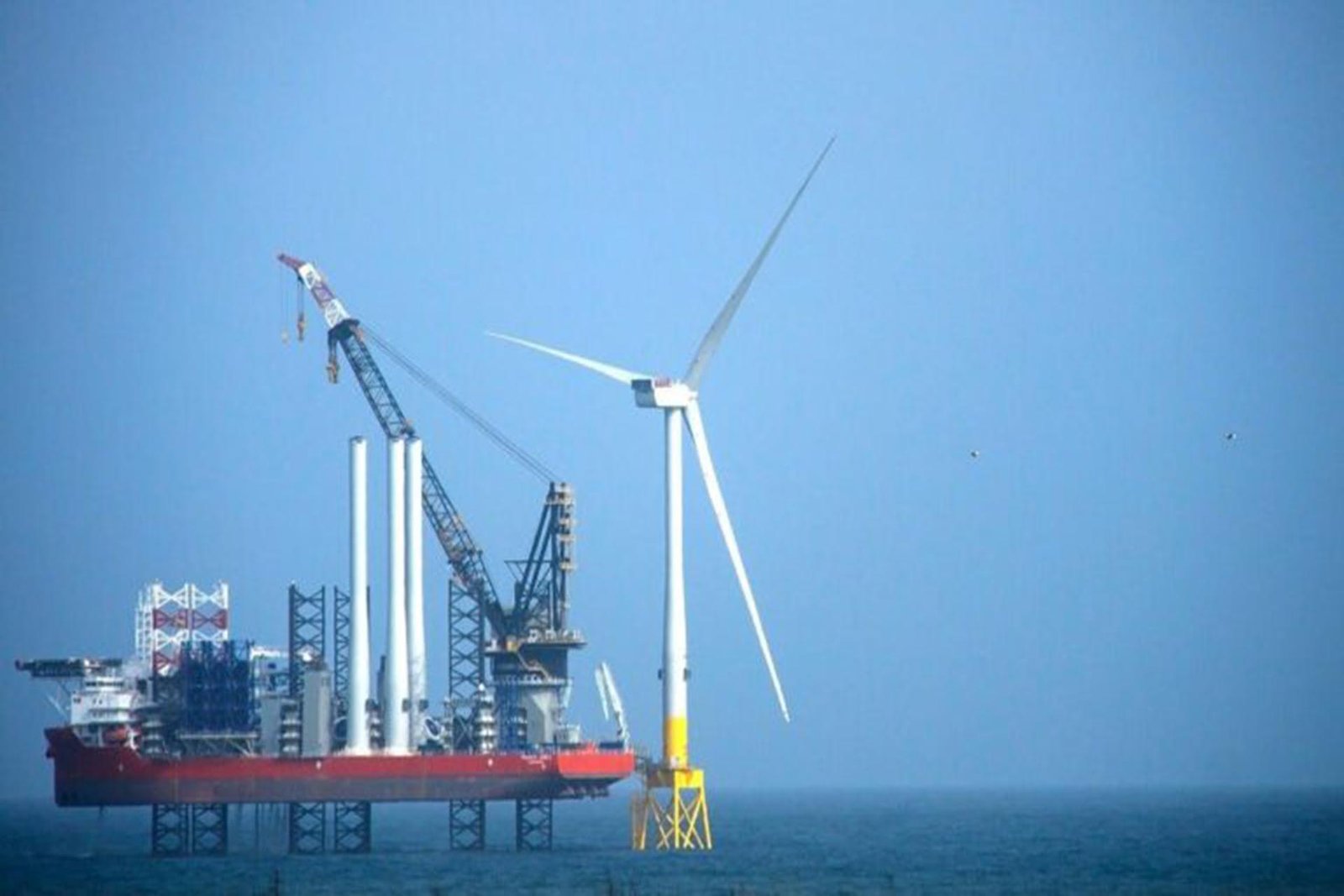As the world grapples with the challenges posed by climate change and the need for sustainable energy sources, industries such as oil and gas are exploring innovative ways to reduce their environmental impact. One promising solution that has gained significant attention is the integration of wind energy into the operations of the oil and gas sector. In this blog post, we will delve into the potential of wind energy and how it can shape the future of the oil and gas industry.
The Need for Sustainable Energy:
The oil and gas industry, traditionally reliant on fossil fuels, is facing increasing pressure to transition towards sustainable energy sources. With the global focus on reducing greenhouse gas emissions and combating climate change, the integration of renewable energy, such as wind power, has become imperative. Wind energy offers a clean and abundant source of power that can significantly reduce carbon footprints and contribute to a more sustainable future.
Harnessing Wind Energy:
Wind energy is generated by harnessing the power of wind through wind turbines. These turbines convert the kinetic energy of the wind into electricity, which can be used to power various operations within the oil and gas industry. By strategically placing wind farms in suitable locations, oil and gas companies can tap into this renewable resource to meet their energy needs and reduce reliance on traditional energy sources.
Powering Offshore Operations:
Offshore oil and gas operations often require substantial energy supply for drilling, production, and platform operations. Integrating wind energy into these offshore facilities presents a unique opportunity for sustainable power generation. Offshore wind farms can be installed near oil and gas platforms, providing a reliable and clean energy source. By utilizing wind power, companies can reduce their carbon emissions and mitigate the environmental impact of their operations.
Cost and Efficiency Benefits:
Apart from the environmental advantages, wind energy offers significant cost and efficiency benefits for the oil and gas industry. As wind technology continues to advance, the costs associated with wind power generation have significantly decreased. This makes wind energy an increasingly competitive option in terms of cost per kilowatt-hour. Additionally, wind energy is a domestic resource that can help reduce dependence on imported energy sources, enhancing energy security for oil and gas companies.
Creating Synergies with Existing Infrastructure:
One of the notable advantages of integrating wind energy into the oil and gas industry is the ability to leverage existing infrastructure. Many oil and gas facilities, especially those located offshore, have established infrastructure that can be repurposed for wind energy production and distribution. This synergy allows for a seamless transition and minimizes the need for extensive infrastructure development.
Diversifying Revenue Streams:
By incorporating wind energy into their operations, oil and gas companies can diversify their revenue streams. The excess electricity generated from wind farms can be sold back to the grid, creating an additional income source. This diversification reduces the reliance on oil and gas prices, providing a stable and sustainable revenue stream for companies.
Environmental Stewardship and Corporate Social Responsibility:
Integrating wind energy into the oil and gas industry aligns with the growing emphasis on corporate social responsibility and environmental stewardship. By actively investing in renewable energy sources, oil and gas companies demonstrate their commitment to sustainability and contribute to the global effort to combat climate change. This can enhance their reputation, attract environmentally conscious investors, and foster positive stakeholder relationships.
Collaborative Efforts and Partnerships:
The successful integration of wind energy into the oil and gas industry requires collaborative efforts and partnerships. Collaboration between renewable energy developers, oil and gas companies, and government agencies can facilitate the adoption of wind energy solutions. These partnerships can address regulatory challenges, streamline permitting processes, and foster knowledge sharing, ultimately driving the growth of wind energy in the oil and gas sector.
Conclusion:
The potential of wind energy in fueling the future of the oil and gas industry is immense. By harnessing wind power, oil and gas companies can reduce their environmental impact, enhance energy security, and diversify revenue streams. The integration of wind energy aligns with the industry's commitment to sustainability and creates opportunities for collaboration and innovation. As the world transitions to a cleaner energy future, the partnership between wind energy and the oil and gas industry holds significant promise in shaping a more sustainable and resilient energy landscape.




